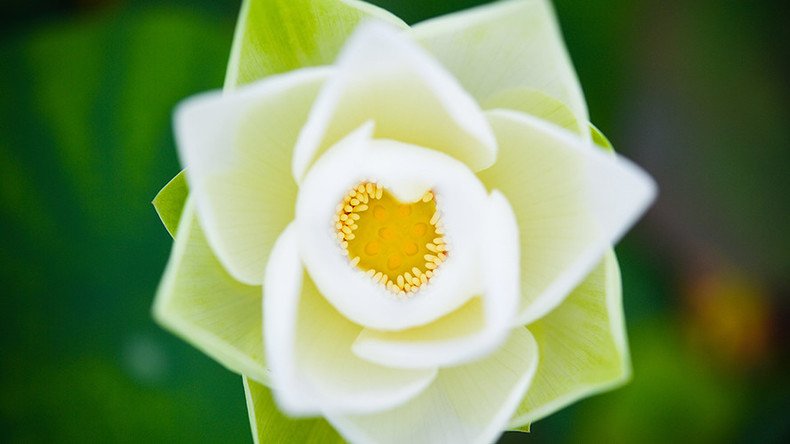Bloom from the past: Scientists reconstruct world’s 1st flower

Scientists have come up with a reconstruction of what they believe the very first flower on earth to be – and it resembles a magnolia or lily.
In a study published in the science journal Nature, researchers from the University of Paris-Sud and the University of Vienna recount their work in tracing the origins of flowers.
By constructing a complex ancestry using the “largest data set of floral traits ever assembled,” the authors of the study say the evolution of blossoming vegetation can be traced back to one angiosperm floret.
While the flower has not been given a name, a picture reconstruction of the species details physical traits. The colors were added for artistic purposes.
Is this what the earliest flowers may have looked like? Model-based reconstructions of ancestral flowers https://t.co/BIv7E71fQxpic.twitter.com/sROcYdtyXs
— Tobias Smith (@EcologyToby) August 1, 2017
Is this the ancestral flower, new model out! https://t.co/mBRtfuM8lFpic.twitter.com/GSwE5R6D0K
— PlantLink (@PlantLink) August 2, 2017
Genetic data from 792 flowers were used in the research, with lead author Herve Sauquet inferring that the common ancestor of all flowers was most likely bisexual and existed between 140 to 250 million years ago.
It is thought the flowering plant sprung up approximately 100 million years after the first gymnosperms, or seed plants, during the time of supercontinent Pangea and before the extinction of dinosaurs.
According to the study, the flower had both androecium and gynoecium reproductive features, with 10 male stamens and five female carpel organs.
While it may resemble species currently found around the world, there does not appear to be a flower with the exact physical make-up today.
“[There] is no living species that shares this exact combination of characters,” the study states. “This implies that all extant flowers, including those of the earliest-diverging lineages of angiosperms, are derived in several aspects.”
The discovery has been met with excitement, but it also comes with some caveats, as the authors acknowledge that their method does have its limitations, considering no fossils of the flower have ever been found.













